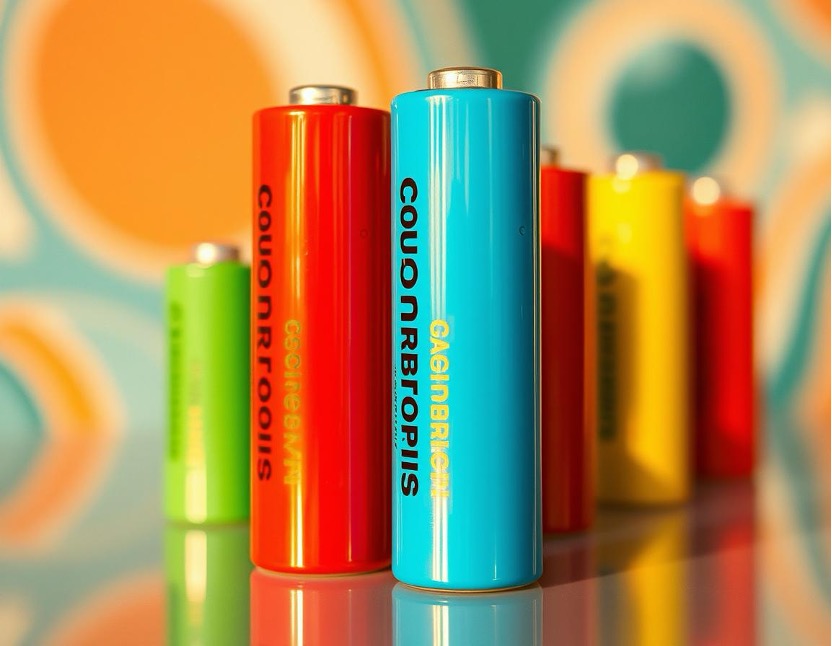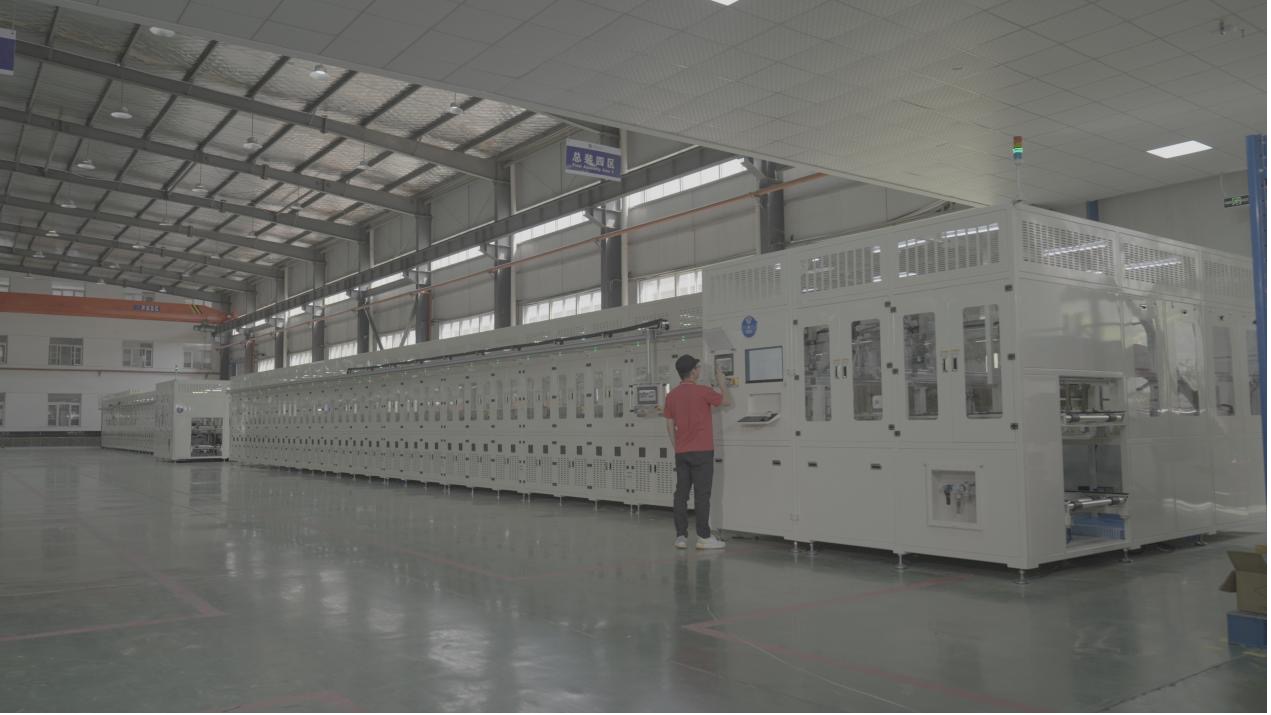Table of Contents
Lithium Battery Manufacturing
A lithium-ion battery powers a vast array of modern devices, from smartphones to electric vehicles, making its production processes critical and deserving to understand comprehensively. But how are lithium-ion batteries manufactured?
Here, we are taking cylindrical battery manufacturing process as an example to understand lithium battery manufacturing, revealing a complex, multi-stage journey that ensures efficiency, safety, and reliability on every battery production.
Lithium Battery Manufacturing Stages
The preparation of battery electrodes is a critical step in the manufacturing of lithium batteries, ensuring that the electrodes have good conductivity and mechanical strength.
- Mixing Materials
Combine active materials, conductive agents, and binders to create a slurry or granular substance.
- Coating or Pressing
Apply the mixture onto a metal current collector (such as copper or aluminum foil).
- Compacting or Calendaring
Increase the density and mechanical strength of the dried electrode.
- Cutting or Slitting
Cut or slit the compacted electrode into final sheets.
- Drying or Baking
Dry or bake the coated electrode to remove solvents and cure the binder.
The assembly segment is the most critical phase in the lithium battery manufacturing process, where the core components are meticulously assembled to form a functional unit.
- Winding
The battery pack assembly starts with winding cathode and anode sheets along with a separator into a cylindrical core. This requires high precision to ensure complete coverage and alignment.
- Casing and Bottom Welding
The core is then placed into a metal casing, connected at the bottom via welding, and secured with grooving to stabilize it within the casing.
- Welding and Sealing
The cap plate is welded to form the positive terminal, and the steel case is sealed to isolate the battery’s internals from environmental exposure.
- Cell Insertion
After that, the next step is inserting the battery cell into its module. This process requires careful handling and precise placement (typically inserted using automated systems) to ensure each cell fits securely and aligns properly with the module connectors.
- Electrolyte Filling
The electrolyte is a key component that facilitates ion transfer between the cathode and anode. Under the vacuum condition, the electrolyte is injected into the battery cell so as to enable the battery to store and release energy.
After electrolyte filling, all four major materials of the lithium-ion battery—cathode, anode, separator, and the electrolyte itself—are integrated within the cell.
This stage is the last but still essential to ensure the integrity of the batteries before they proceed to final delivery.
- Battery Formation
This step involves charging and discharging the batteries to activate the electrolyte and electrodes, setting up the battery’s internal structure for optimal performance.
- OCV Testing
Open Circuit Voltage (OCV) testing is performed to ensure the battery cells have the correct voltage levels and are balanced, indicating good health and proper assembly.
- Washing
The batteries are washed to remove any contaminants and residues from the assembly process, ensuring cleanliness and reducing the risk of shorts or malfunctions.
- Appearance Inspection
Each battery undergoes a thorough visual inspection to check for any physical defects, misalignments, or imperfections that could affect performance or safety.
- DCIR
Direct Current Internal Resistance (DCIR) testing is conducted to measure and ensure the stable internal resistance (IR) of the battery. This is crucial for assessing the efficiency and potential performance of the battery under load conditions.
SZJ Automation’s Turnkey Lithium Battery Manufacturing Solution
With this foundation, it is viable to consider the broader scope of battery production, particularly the advantages of turnkey solutions because of stages seamlessness and automation, enhancing production consistency and reducing manufacturing costs. Here’s our battery manufacturing solutions:
- Applicable Specifications: φ32, φ46, φ60, φ80 series
- Production Efficiency: 50/100/150/200 PPM
- Overall Equipment Utilization Rate: ≥ 95%
- Quality Rate: ≥ 99%
- Applicable Specifications: φ10, φ14, φ18, φ21, φ26, and other series
- Production Efficiency: 1~300 PPM
- Overall Equipment Utilization Rate: ≥ 96%
- Quality Rate: > 99%
- Product Specifications: 390, 590 series blade batteries and single output tab batteries
- Production Efficiency: ≥ 15 PPM
- Overall Equipment Utilization Rate: ≥ 95%
- Quality Rate: ≥ 99%
- Product Specifications: 54-71, blade
- Production Efficiency: ≥ 12 PPM
- Overall Equipment Utilization Rate: ≥ 95%
- Quality Rate: ≥ 99%



